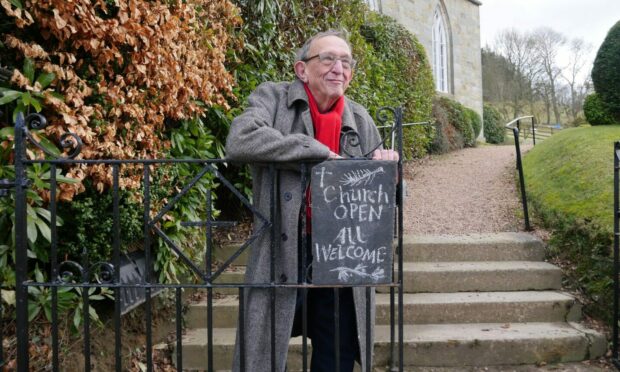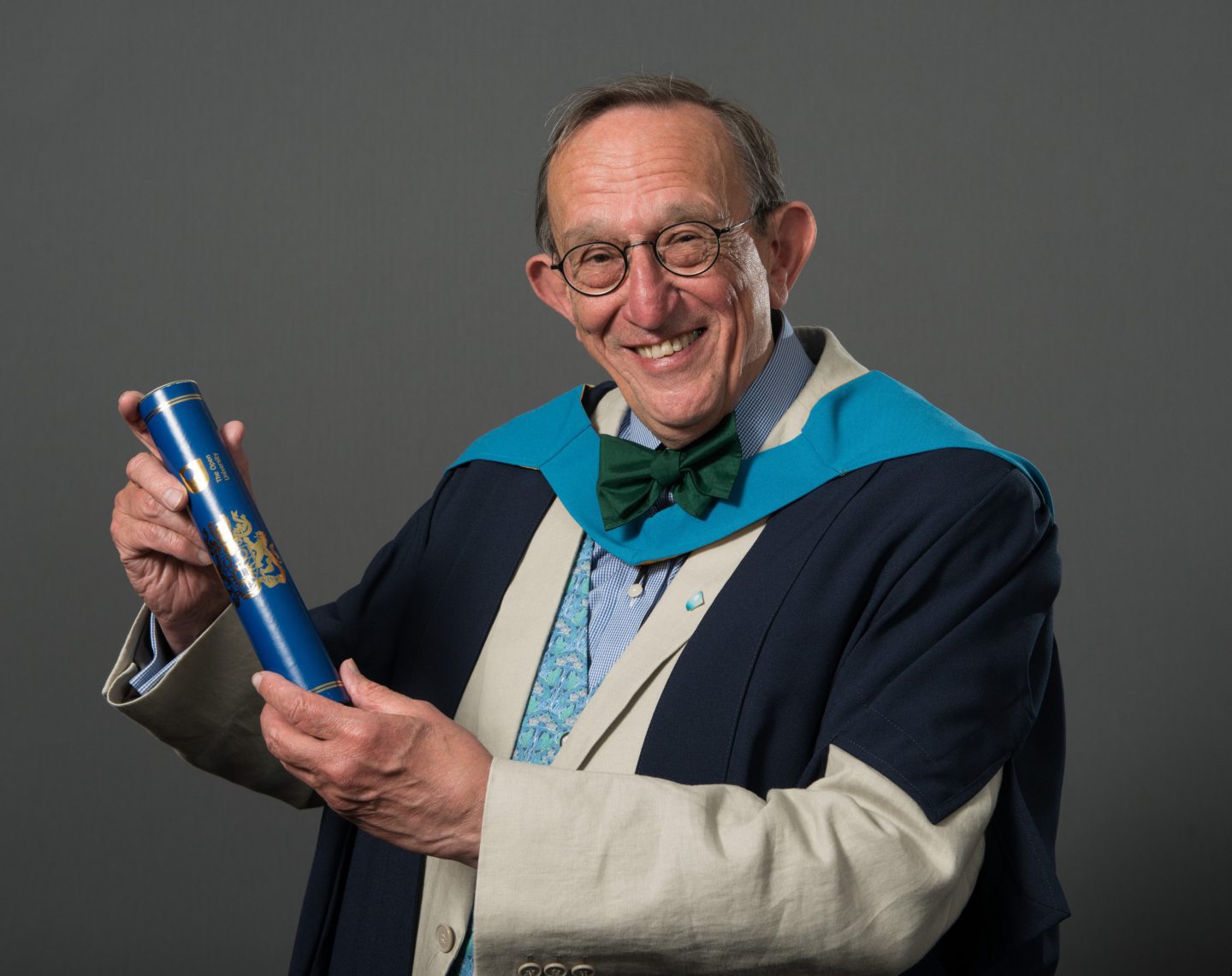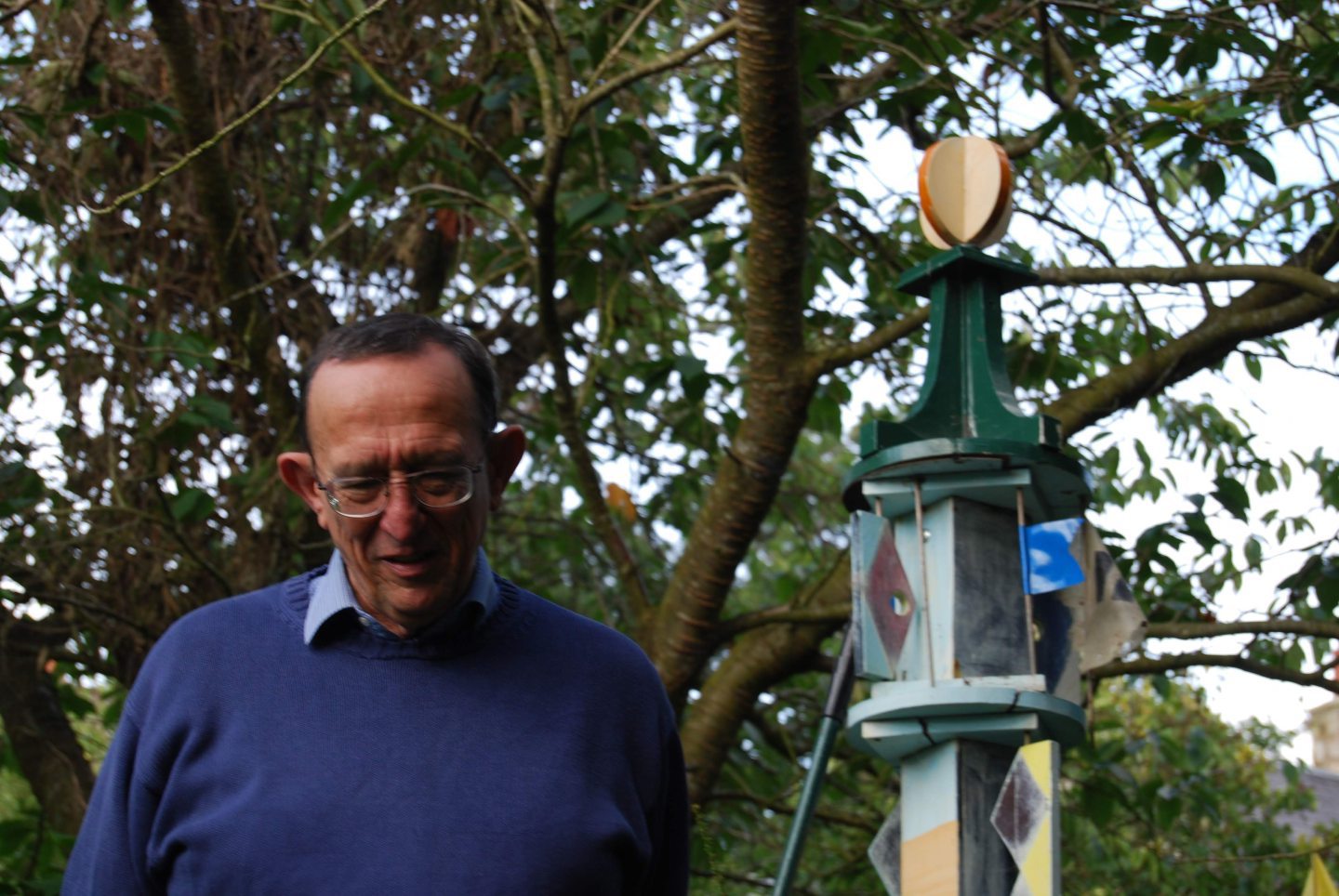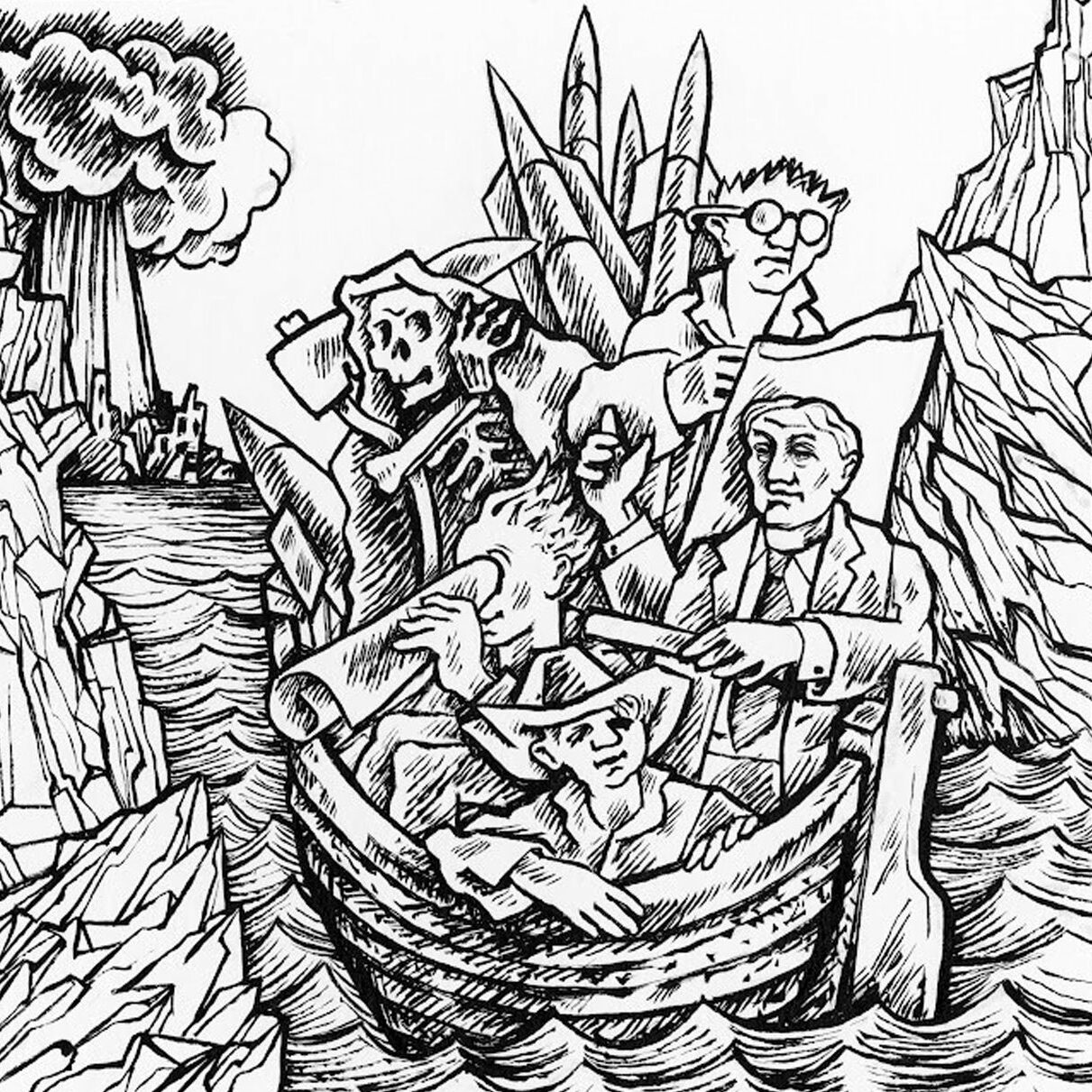Fife art teacher, artist, poet and lifelong scholar, Simon Weller, has died aged 83.
Born in Gravelly Hill in the West Midlands on the eve of the Second World War, Simon was the son of William (an army Lieutenant Colonel and MBE) and Gladys (née Hay).
His early years were spent in Simla, which he described as “Crieff in the Himalayas”.
The family – Simon, his parents, and his three sisters – left India in 1947 after Partition and returned to Sutton Coldfield where his father trained as a Methodist minister.
Simon attended Culford School in Bury St Edmunds and, although he felt he didn’t fit into the “very games orientated” culture, won prizes for art and English.
His proficiency in drawing gained him a place at Edinburgh College of Art where he specialised in printmaking.
It was there, at the college’s drama club, that he met his future wife, sculpture student Helen Rennie, the daughter of an Ayrshire doctor.
Helen’s parents were initially suspicious of the art school student presented to them, particularly the indelible printers’ ink under his nails, but the couple married at Kirkoswald near Maybole in 1964.
A year earlier, Simon had qualified as a teacher, training at Moray House in Edinburgh.
Before embarking on teaching professions, the couple spent an extended time in Montpelier in the south of France where Simon developed his printmaking techniques and exhibited his works.
Move to Fife
When Helen became pregnant, the couple returned to Scotland, settling in Fife. The couple’s first child, Nicholas, died in infancy. Charles was born in 1970, with Rory being born two years later. Phoebe arrived in 1982.
In the early 1970s Simon taught art at Madras College, St Andrews, and became active in the town’s arts scene, particularly the Crawford Arts Centre. He campaigned for the Liberal Party and, like his father, became master of his local lodge.
In the 1980s the family moved to Kemback, near Cupar, and Simon started teaching at Kirkcaldy High, where he would remain until he took early retirement in his 50s to look after his wife, who died in 1991.
As well as teaching, Simon kept a professional interest in making art.
He collaborated with author Emily Frenkel on a version of Virgil’s epic story Aeneas, mounted a solo show at Dundee Rep and was commissioned by the Edinburgh International Book Festival to create a set of remarkable two-metre high painted architectural bird-towers.
Simon also worked with his partner Susan Sowerby on sets for London’s Dirty Market Theatre Company. Susan was Simon’s partner for the last 30 years of his life, living at Kemback together, creating and enjoying a myriad of arts.
In his retirement, Simon was deeply involved with the church, becoming session clerk of Kemback, an elder of the Church of Scotland and member of Presbytery of St Andrews.
Spurred on by an Open University course in humanities, his early love for creative writing was rekindled in his later decades.
Poetry in particular became his creative output, and he received his BA in 2014, ending four decades of continued learning with the OU which began with a maths foundation course in 1977.
In the first review of his work, an exhibition of monotype prints at Edinburgh’s Gateway Theatre in 1964, the critic described Simon’s work as having, “peculiar and subtle inner workings” and being a “fascination of small things, full of tiny detail which demands looking into.” Words that could be equally written about his rich and colourful life.




Conversation